SelgasCano to design 2015 Serpentine Pavilion
By Bustler Editors|
Thursday, Dec 4, 2014

Related
SelgasCano of Madrid will be designing the fifteenth Serpentine Galleries Pavilion in London's Kensington Gardens. For the past 15 years, the Serpentine Galleries has invited architects like Sou Fujimoto, Jean Nouvel, Herzog & de Meuron with Ai Wei Wei, Peter Zumthor, SANAA, Zaha Hadid, and most recently Smiljan Radic to design the temporary outdoor structure, which continues to be an anticipated summer event every year.
Led by José Selgas and Lucía Cano, SelgasCano are the first Spanish architects to design the Serpentine Pavilion. Like every year, the outdoor structure must be a flexible multi-functional social space with a cafe. Design plans have not been submitted as of yet.
Scroll down further to learn more about the architects and their previous works.
"José Selgas and Lucía Cano, who formed the practice SelgasCano in 1998 in Madrid, have completed the majority of their buildings in Spain through a diverse range of commissions. The studio is currently working on a number of projects worldwide, including Pip House , Laurel Canyon, Los Angeles; the renovation of Texas Square in Oranjestad, Aruba, Lesser Antilles; and La Canaria House, Mount Washington, Los Angeles.
Exhibiting at the Guggenheim Museum and the Museum of Modern Art, New York , as well as MOT, Tokyo, and the Design Museum, London, SelgasCano was chosen for the Venice Architecture Biennale in 2010, curated by Japanese architect Kazuyo Sejima of SANAA , architects of the Serpentine's 2009 Pavilion. SelgasCano has designed the interior of Second Home, a revolutionary new workspace for London’s creative industries in the heart of London’s technology quarter in Shoreditch.

"While the architects have yet to submit plans, previous projects – such as the amorphous Plasencia Auditorium and Congress Centre, Cáceres; the light-filled harbour-side structure of El ‘'B’' Cartagena Auditorium and Congress Centre; the playful floating shapes of Mérida Factory Youth Movement; and the subterranean Office in the Woods – offer clues as to the direction they may take with this iconic commission. SelgasCano’s work is characterised by a use of synthetic materials and new technologies, often rarely applied to architecture. Taking inspiration from Luis Barragan and Richard Rogers, the architects use distinctive colours and references to nature throughout their designs. Their belief that architecture is secondary to nature also informs the design course on Nature and Climatology that they teach at the Massachusetts Institute of Technology and their work on the Educational and Medical Pavilion in Turkana, Kenya."
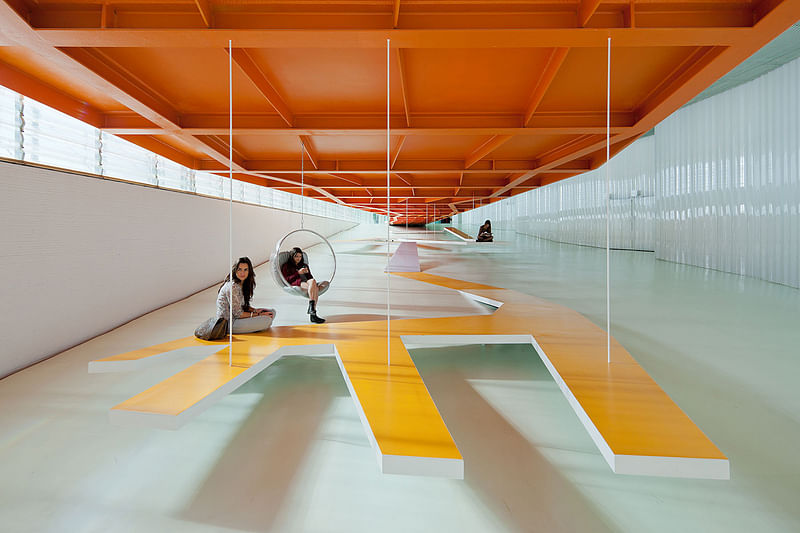

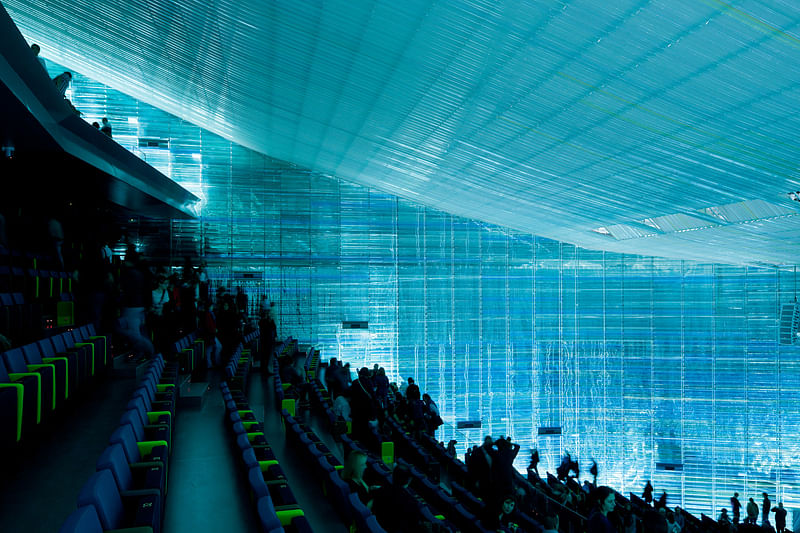
"SelgasCano, designers of the 15th Serpentine Pavilion, said: 'This is an amazing and unique opportunity to work in a Royal Garden in the centre of London. Both aspects, ‘Garden’ and ‘London’, are very important for us in the development of this project. We are in the middle of a garden, a 'Royal’ garden indeed, once divided in two and separated by a Serpentine. That garden clings in the middle of London. Garden and London (which best defines London?) will be the elements to show and develop in the Pavilion. For that we are going to use only one material as a canvas for both: the Transparency. That ‘material’ has to be explored in all its structural possibilities, avoiding any other secondary material that supports it, and the most advanced technologies will be needed to be employed to accomplish that transparency. A good definition for the pavilion can be taken from J. M. Barrie: it aims to be as a Betwixt-and-Between’.'"


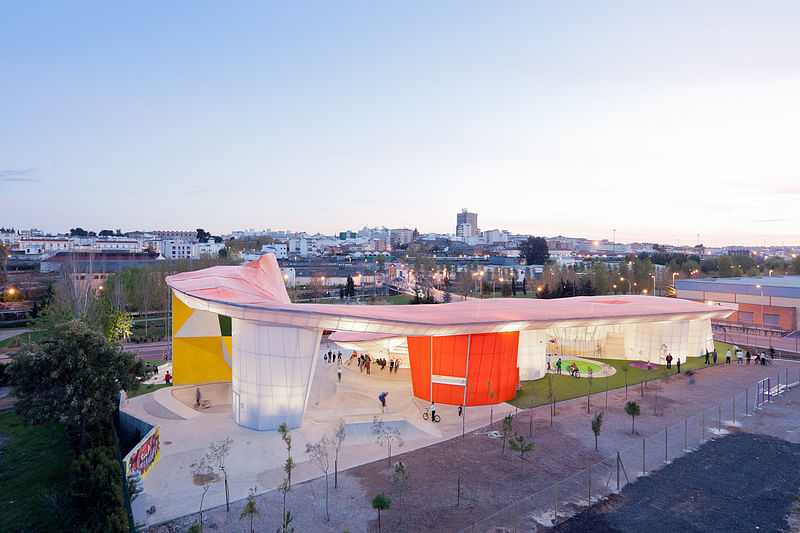
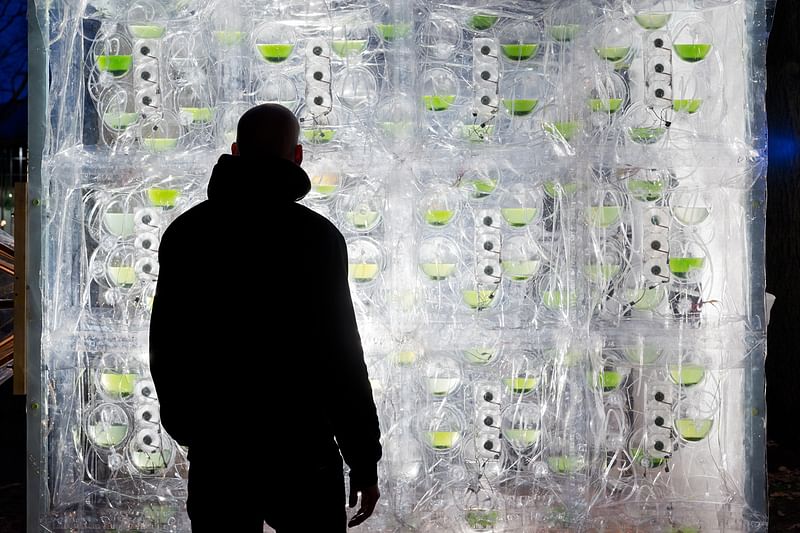
"The Serpentine is delighted that Goldman Sachs is the headline sponsor of this year's Pavilion. AECOM, in collaboration with David Glover, will again provide engineering and technical design services. While this is the third Serpentine Pavilion for AECOM, David Glover has worked on the designs for the majority of the Pavilions to date."

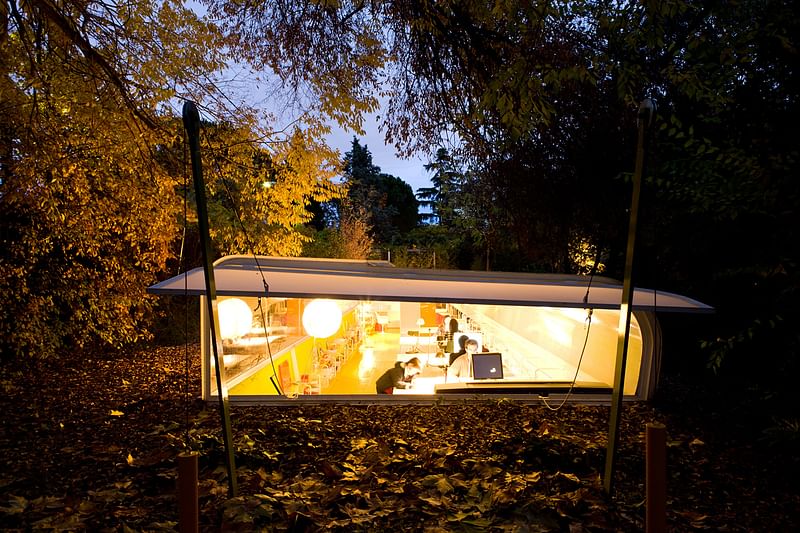

Serpentine Pavilion architects to date are: Smiljan Radic, 2014: Sou Fujimoto, 2013; Herzog & de Meuron and Ai Weiwei, 2012; Peter Zumthor, 2011; Jean Nouvel, 2010; Kazuyo Sejima and Ryue Nishizawa, SANAA, 2009; Frank Gehry, 2008; Olafur Eliasson and Kjetil Thorsen, 2007; Rem Koolhaas and Cecil Balmond, with Arup, 2006; Álvaro Siza and Eduardo Souto de Moura with Cecil Balmond, Arup, 2005; MVRDV with Arup, 2004 (un-realised); Oscar Niemeyer, 2003; Toyo Ito and Cecil Balmond with Arup, 2002; Daniel Libeskind with Arup, 2001; and Zaha Hadid, 2000.

Share
0 Comments
Comment as :